 Click the blue words to follow us
Click the blue words to follow us
In spring, it is a flower that clusters around the blazing sun.
By autumn, it becomes a precious medicine.
Spring flowers, autumn fruits!
Thus, it is Lian Qiao.

 I have a story to tell
I have a story to tell

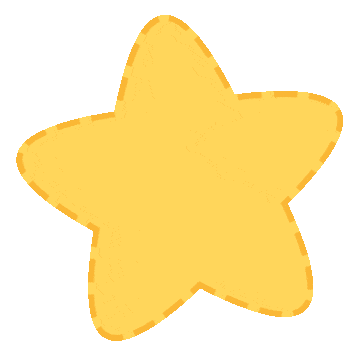
In Henan, on Qibo Mountain, east of Qibo’s tomb, there is a place called Dachenggou. The area is filled with Lian Qiao, which is not only a precious Chinese medicinal material but also a suitable ornamental tree. Its leaves are a well-known tea ingredient, and its fruits are excellent for clearing heat and detoxifying.
It is said that five thousand years ago, Qibo gathered herbs and planted them here, and he had a granddaughter named Lian Qiao. One day, while gathering herbs on the mountain, Qibo tested a medicine and unfortunately got poisoned, foaming at the mouth, losing consciousness, and staring blankly. He kept calling out: Lian Qiao, Lian Qiao. Seeing her grandfather in serious danger, Lian Qiao cried out in tears: Help! Help! After calling for a long time with no response, she, in a moment of desperation, crushed some green leaves nearby and fed them to her grandfather. After a while, Qibo slowly regained consciousness, swallowed the green leaves, and about half an hour later, he returned to normal. Lian Qiao helped her grandfather back home for medicinal and dietary recovery, and Qibo gradually regained his health.
After that, Qibo began to study this green leaf. After many experiments, he found that it had a good effect of clearing heat and detoxifying, so he recorded it in his herbal compendium, naming it Lian Qiao after his granddaughter. He also planted many Lian Qiao in Dachenggou, and this story has been passed down to this day.
 Who am I?
Who am I?
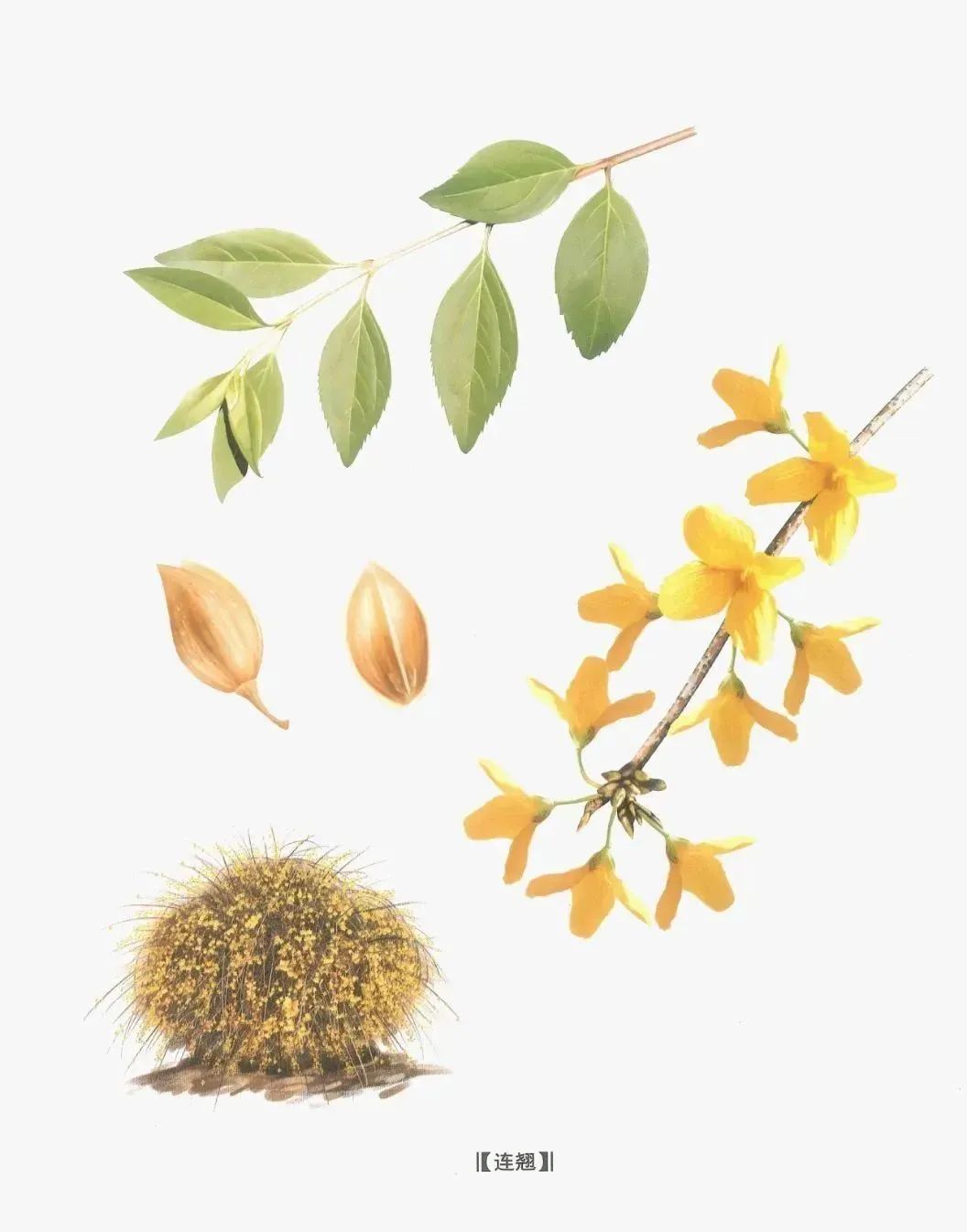
Lian Qiao is a plant of the genus Forsythia in the Oleaceae family, blooming with fragrant yellow flowers in early spring, making it a beautiful ornamental shrub that can grow up to 3 meters tall. Its branches are clustered, with yellow, arching, hollow twigs. The leaves are opposite, either single or trifoliate, oval or ovate, with serrated edges.
The flower crown is yellow, with 1-3 flowers in the leaf axils; the fruit is oval, ovoid, or long-ovoid, with a beak-like tip and a surface with sparse pores; the fruit stalk is 0.7-1.5 cm long, flowering from March to April, and fruiting from July to September.
 Where do I grow?
Where do I grow?

 How should you preserve me?
How should you preserve me?
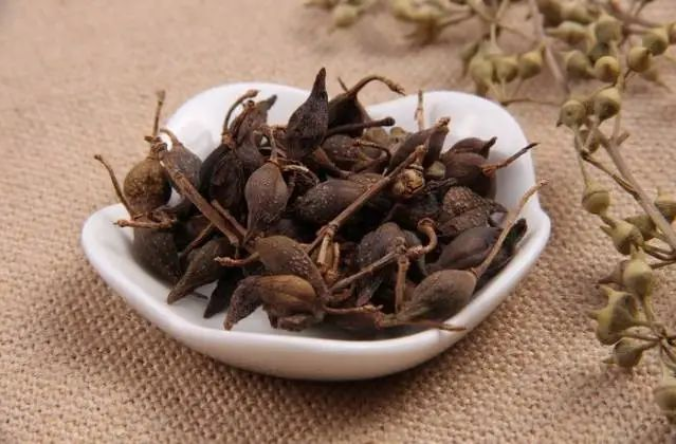
Research shows that the main components in Lian Qiao decrease with storage time, with a more significant reduction over longer periods, especially in sun-dried products. Therefore, the optimal storage period for Lian Qiao is 2 years.
 Don’t mistake me for something else
Don’t mistake me for something else
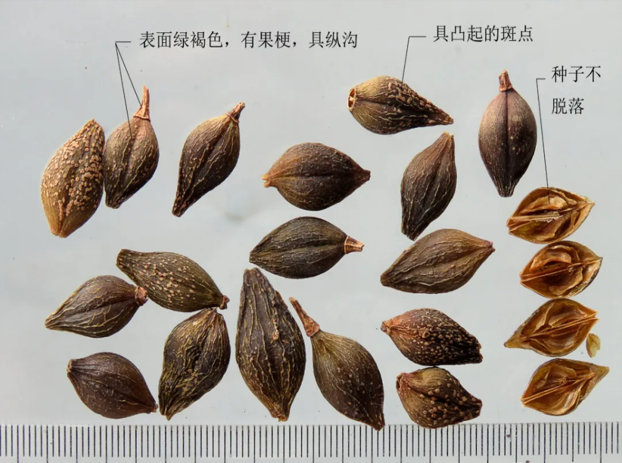
Qing Qiao
Lian Qiao is divided into Qing Qiao and Lao Qiao based on the harvest time. Qing Qiao is harvested from late July to September when the fruits are immature and still green, and processed accordingly;genuine Lian Qiao fruits have irregular longitudinal wrinkles and many small protruding spots on the surface, with a distinct longitudinal groove on each side. The best Qing Qiao is green and does not crack;
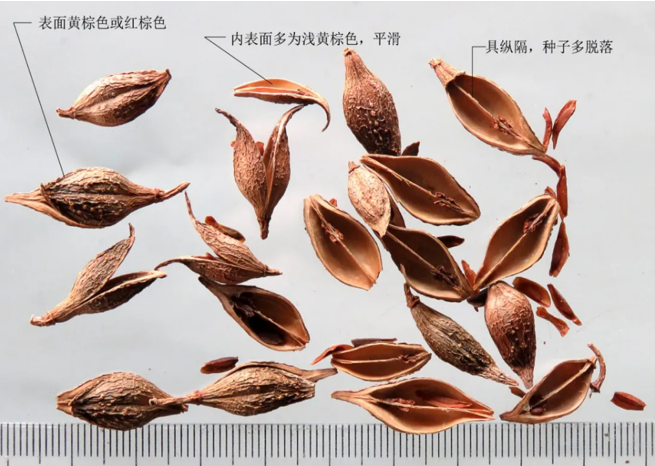
Lao Qiao
is harvested in early October when the fruits are fully ripe and processed accordingly. The best Lao Qiao is yellow, with a thick shell, full grains, pure, and free of impurities.
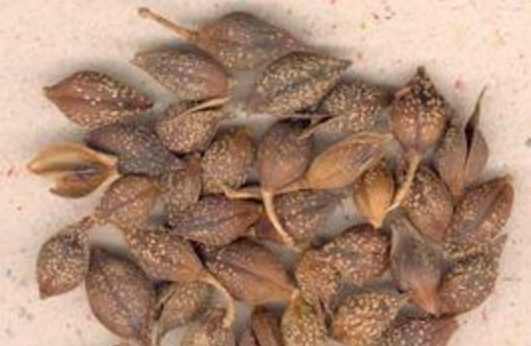
Qin Lian Qiao
However, fake Qin Lian Qiao often has cracks, is connected at the base, has a light brown surface, is relatively smooth, and has less pronounced small spots. One petal bends slightly to the side, while the other bends outward, resembling a chicken’s beak. Although Qin Lian Qiao and Lian Qiao belong to the same family, they do not possess the medicinal properties of Lian Qiao and have no medicinal reports. Therefore, they should not be used as Lian Qiao, and care should be taken when purchasing to distinguish them.
 I can be very useful
I can be very useful
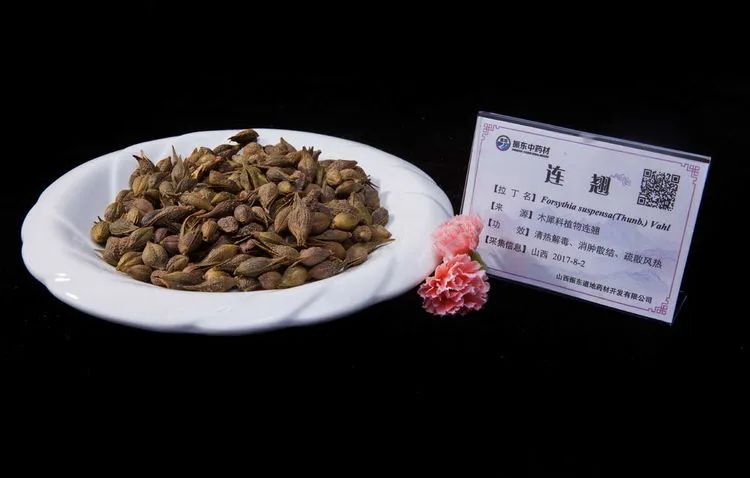
Lian Qiao is known as the “sacred medicine for sores.” It is first recorded in the Shen Nong’s Herbal Classic, and is also mentioned in ancient medical texts such as Yao Xing Fu, Zhen Zhu Nang, and Yi Xue Zhong Zhong Can Xi Lu. It has the effects of clearing heat and detoxifying, reducing swelling and dispersing nodules, and dispersing wind-heat. It is mainly used for wind-heat colds, initial stages of warm diseases, high fever with thirst, delirium with rashes, and painful heat stranguria.
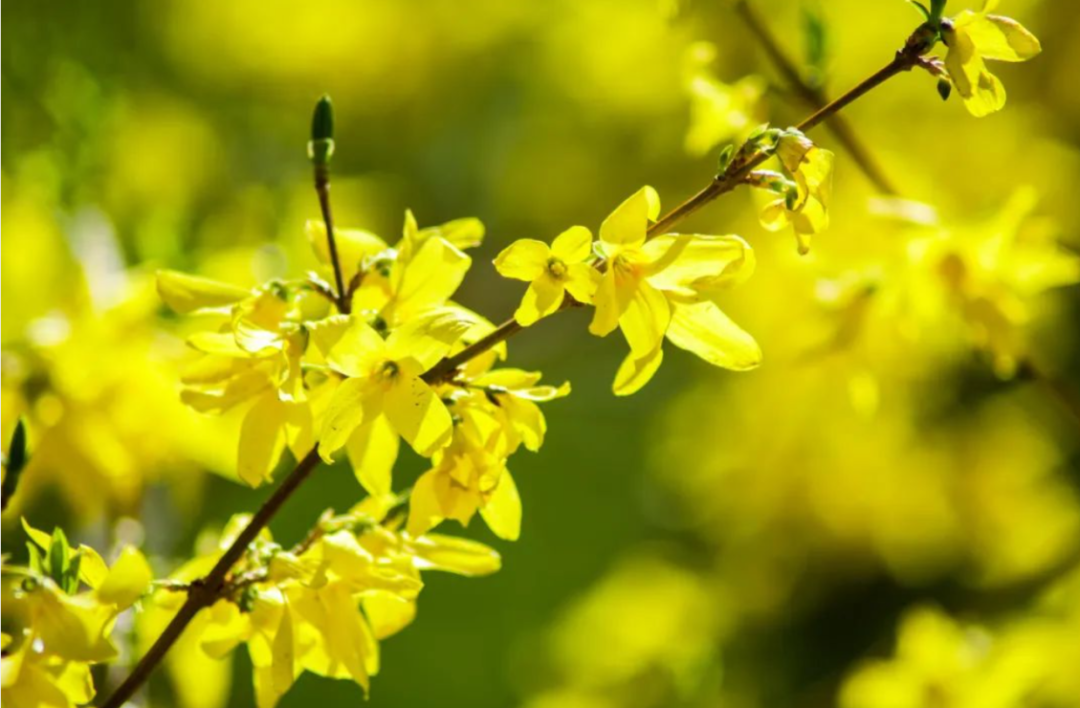
In addition to its ornamental use, Lian Qiao flowers also have liver-protecting, fatigue-relieving, and blood lipid-lowering effects, making them worthy of further research in health products. The flowers can be appreciated, the leaves can be made into tea, and the fruits can be used as medicine. Especially during the fight against the COVID-19 pandemic, Lian Qiao has shone brightly, playing an important role in effective epidemic prevention and control, and has been hailed as the “leading star” of traditional Chinese medicine in combating the epidemic.
 Several small prescriptions01Lian Qiao Detox Drink
Several small prescriptions01Lian Qiao Detox Drink
Ingredients: Mu Tong (Akebia), Fang Feng (Siler), Qiang Huo (Notopterygium), Lian Qiao (Forsythia) each 1 qian 2 fen (3.6g), Ding Xiang (Clove), Ru Xiang (Frankincense), Chen Xiang (Agarwood), Sheng Ma (Cimicifuga) each 1 qian (3g), Da Huang (Rhubarb), Huang Qin (Scutellaria) each 7 fen (2.1g), Gan Cao (Licorice), Mu Xiang (Saussurea) each 3 fen (0.9g), Sang Ji Sheng (Mulberry Mistletoe) 1 qian (3g), She Xiang (Musk) 5 li (0.15g).
Usage: Decoction in water.
Effect: Disperse wind and detoxify, clear heat and promote diuresis.
02Chai Hu Lian Qiao Decoction
Ingredients: Rou Gui (Cinnamon) 3 fen (0.9g), Dang Gui (Angelica) 1 qian 5 fen (4.5g), Shu Nian Zi (Plantago) 2 qian (6g), Zhi Gan Cao (Honey-fried Licorice), Jiu Huang Bai (Wine-prepared Phellodendron), Sheng Di Huang (Raw Rehmannia) each 3 qian (9g), Chai Hu (Bupleurum), Huang Qin (Scutellaria, stir-fried), Jiu Zhi Mu (Wine-prepared Anemarrhena), Lian Qiao (Forsythia) each 5 qian (15g), Qu Mai (Dianthus) 6 qian (18g).
Usage: Grind into powder, about the size of a soybean. Each dose is 15g, with 300ml of water, decoct until 150ml remains, strain and take warm after meals.
Effect: Disperse liver, harmonize blood, relieve depression, and clear heat.
03Lian Qiao Flower Tea
Ingredients: Lian Qiao (Forsythia) 20g, Green Tea 3g.
Usage: Boil 250ml of water, steep for 5 minutes to make tea, drink frequently until the flavor is light. Alternatively, it can be directly brewed with 200ml of boiling water.
Effect: Detoxify and disperse nodules.
 A small suggestion
A small suggestion
Those with spleen and stomach deficiency, qi deficiency with fever, or those with painful sores that have ruptured and are producing thin, light-colored pus should avoid taking it.
Editor:Ren Jing Edited by: Zheng Yani
Source: Zhen Dong Chinese Medicinal Materials


